- Photo Safaris
- Alaska Bears & Puffins World's best Alaskan Coastal Brown Bear photo experience. Small group size, idyllic location, deluxe lodging, and Puffins!
- Participant Guestbook & Testimonials Candid Feedback from our participants over the years from our photo safaris, tours and workshops. We don't think there is any better way to evaluate a possible trip or workshop than to find out what others thought.
- Custom Photo Tours, Safaris and Personal Instruction Over the years we've found that many of our clients & friends want to participate in one of our trips but the dates we've scheduled just don't work for them or they'd like a customized trip for their family or friends.
- Myanmar (Burma) Photo Tour Myanmar (Burma) Photo Tour December 2017 -- with Angkor Wat option
- Reviews Go hands-on
- Camera Reviews Hands-on with our favorite cameras
- Lens reviews Lenses tested
- Photo Accessories Reviews Reviews of useful Photo and Camera Accessories of interest to our readers
- Useful Tools & Gadgets Handy tools and gadgets we've found useful or essential in our work and want to share with you.
- What's In My Camera Bag The gear David Cardinal shoots with in the field and recommends, including bags and tools, and why
- Articles About photography
- Getting Started Some photography basics
- Travel photography lesson 1: Learning your camera Top skills you should learn before heading off on a trip
- Choosing a Colorspace Picking the right colorspace is essential for a proper workflow. We walk you through your options.
- Understanding Dynamic Range Understanding Dynamic Range
- Landscape Photography Tips from Yosemite Landscape Photography, It's All About Contrast
- Introduction to Shooting Raw Introduction to Raw Files and Raw Conversion by Dave Ryan
- Using Curves by Mike Russell Using Curves
- Copyright Registration Made Easy Copyright Registration Made Easy
- Guide to Image Resizing A Photographers' Guide to Image Resizing
- CCD Cleaning by Moose Peterson CCD Cleaning by Moose Peterson
- Profiling Your Printer Profiling Your Printer
- White Balance by Moose Peterson White Balance -- Are You RGB Savvy by Moose Peterson
- Photo Tips and Techniques Quick tips and pro tricks and techniques to rapidly improve your photography
- News Photo industry and related news and reviews from around the Internet, including from dpreview and CNET
- Getting Started Some photography basics
- Resources On the web
- My Camera Bag--What I Shoot With and Why The photo gear, travel equipment, clothing, bags and accessories that I shoot with and use and why.
- Datacolor Experts Blog Color gurus, including our own David Cardinal
- Amazon Affiliate Purchases made through this link help support our site and cost you absolutely nothing. Give it a try!
- Forums User to user
- Think Tank Photo Bags Intelligently designed photo bags that I love & rely on!
- Rent Lenses & Cameras Borrowlenses does a great job of providing timely services at a great price.
- Travel Insurance With the high cost of trips and possibility of medical issues abroad trip insurance is a must for peace of mind for overseas trips in particular.
- Moose Peterson's Site There isn't much that Moose doesn't know about nature and wildlife photography. You can't learn from anyone better.
- Journeys Unforgettable Africa Journeys Unforgettable -- Awesome African safari organizers. Let them know we sent you!
- Agoda International discounted hotel booking through Agoda
- Cardinal Photo Products on Zazzle A fun selection of great gift products made from a few of our favorite images.
- David Tobie's Gallery Innovative & creative art from the guy who knows more about color than nearly anyone else
- Galleries Our favorite images
Nikon D500 field-tested: Long-expected successor to the Nikon D300 worth the wait!
Nikon D500 field-tested: Long-expected successor to the Nikon D300 worth the wait!
Submitted by David Cardinal on Wed, 07/27/2016 - 08:51
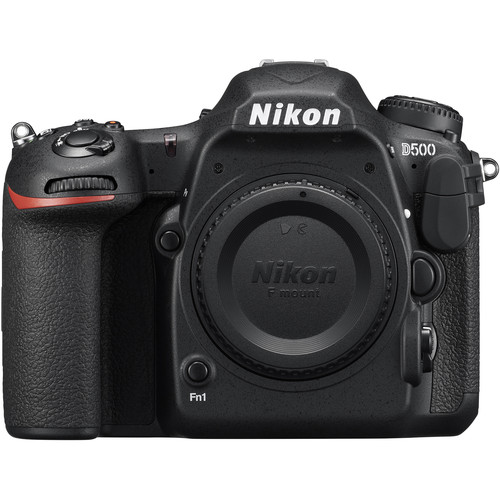 Few cameras have had a more loyal following than the Nikon D300 (and predecessor Nikon D200). For those who wanted a pro-quality Nikon without moving to the size and expense of full-frame, they represented an excellent combination of features at a reasonable price. However, as the years have gone by, the tech in those cameras has been left in the dust. Many owners have been forced to move either “down” to a more consumer-oriented, but newer, model like the Nikon D7200, or up to a larger, more-expensive, model like the Nikon D750. No longer. I shot almost exclusively in Alaska for two weeks with a Nikon D500, and loved it. It is easy to hold, fun to use, and took photos that are as high quality as I’ve ever seen from a 21MP sensor.
Few cameras have had a more loyal following than the Nikon D300 (and predecessor Nikon D200). For those who wanted a pro-quality Nikon without moving to the size and expense of full-frame, they represented an excellent combination of features at a reasonable price. However, as the years have gone by, the tech in those cameras has been left in the dust. Many owners have been forced to move either “down” to a more consumer-oriented, but newer, model like the Nikon D7200, or up to a larger, more-expensive, model like the Nikon D750. No longer. I shot almost exclusively in Alaska for two weeks with a Nikon D500, and loved it. It is easy to hold, fun to use, and took photos that are as high quality as I’ve ever seen from a 21MP sensor.
Ideal shooting experience
 Sure, I love the heft and insane frame rate of the Nikon D5, for about 10 minutes. Then its three pounds makes me remember how heavy it is. I had no such issues with the Nikon D500. At less then two pounds (a few grams less than the Nikon D7200!), I actually used it handheld for over half the time in Alaska. I don’t think I would have done that with a D5. The deep grip also makes it easy to hold. The best part is that I didn’t have to compromise performance. 10 fps makes shooting wildlife action a lot more fun, and more productive. You get that natively with the Nikon D500, a nice upgrade from the D300, which required a vertical grip to even get to 8 fps. The Nikon D500 also has Nikon’s newest Autofocus technology.
Sure, I love the heft and insane frame rate of the Nikon D5, for about 10 minutes. Then its three pounds makes me remember how heavy it is. I had no such issues with the Nikon D500. At less then two pounds (a few grams less than the Nikon D7200!), I actually used it handheld for over half the time in Alaska. I don’t think I would have done that with a D5. The deep grip also makes it easy to hold. The best part is that I didn’t have to compromise performance. 10 fps makes shooting wildlife action a lot more fun, and more productive. You get that natively with the Nikon D500, a nice upgrade from the D300, which required a vertical grip to even get to 8 fps. The Nikon D500 also has Nikon’s newest Autofocus technology.
Along with 10 fps comes a nearly unlimited buffer – the camera can record a burst of up to 200 14-bit Raw images without a pause. For all this power in a small package, you do give up the pop-up flash. Most users won’t find that much of a loss, as they’ll be relying on an accessory Speedlite, but there are certainly times when the built-in flash comes in handy.
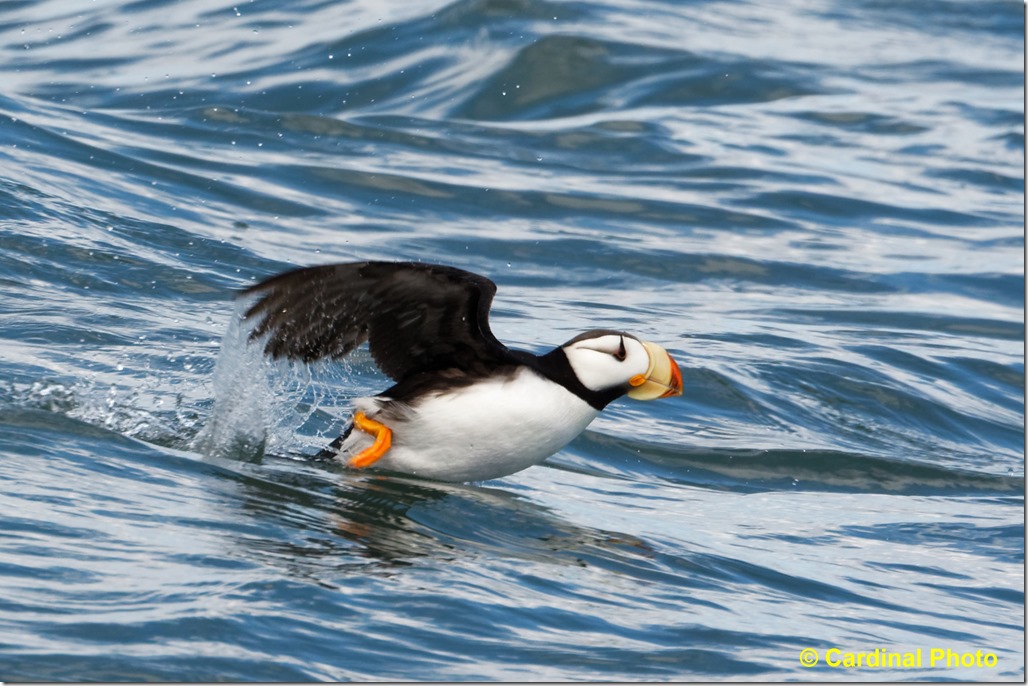
The 153-point AF on the Nikon D500 is quick enough to make even the not-so-fast Nikon 80-400mm lens look like a star for flight photography.
This Horned Puffin wasn’t quite as close as he looks, as this is a 4MP crop from the entire frame.
Nikon D500, Nikon 80-400mm AF-S lens @ 400mm, 1/1600s @ f/10, ISO 800
Nikon has borrowed from the new, improved control layout of the D5 as well. The ISO button is now simple to reach with your shutter finger, for example. The Autofocus control system is also Nikon’s latest and greatest, with lots of group modes and a variety of dynamic options. I mostly left the camera in Dynamic 153-point, and moved my primary AF point around using either the traditional joystick, or the new supplemental one. 3D focus worked well for many flight shot opportunities, but it got very confused when birds were on water (it would often lock on to the nearest wave). I really liked that the AF points are spread across almost the entire frame, making my preferred means of composing (framing and moving the AF point appropriately) easy.
Nikon made the interesting choice of XQD 2.0 for the primary card slot in the camera – necessary to get the amazing 200-image Raw buffer & 4K video capture performance. Fortunately XQD 2.0 is an improvement over 1.0, and a lot less expensive. You can get a 64GB 2933x XQD card and USB3.0 reader for $100 at B&H.
Image Quality
Several of us were using Nikon D500s during our recent Alaska safaris. All of us have been thrilled with the image quality. We shot with lenses including the new 80-400mm zoom, new 300mm f/4, Nikon 70-200mm f/4, new Nikon 16-80mm zoom (kit lens for the Nikon D500), new Nikon 500mm f/4, and the Nikon 600mm f/4. All the combinations delivered, although at the long end the D500+80-400 combo wasn’t as sharp as some of the others (not too surprising since that’s effectively 600mm on a superzoom lens). Like several newer Nikons, including the Nikon D7200, the Nikon D500 doesn’t have an OLPF (Optical Low-pass filter, aka anti-aliasing filter), providing slightly higher effective resolution than in similar cameras that have one.
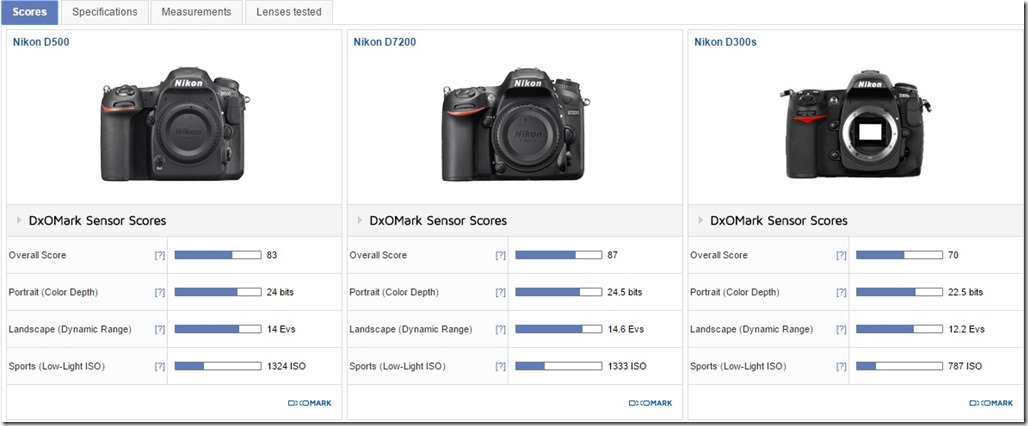
It is impressive how well the Nikon D7200 holds up on the DxOMark image quality tests.
If you don’t need the speed, performance, and pro build of the Nikon D500, the Nikon D7200 is an excellent alternative.
The D7200’s overall higher score is driven primarily by lower noise in the dark areas at low ISOs.
For very low-light (e.g. high ISO) the D500 is definitely the winner.
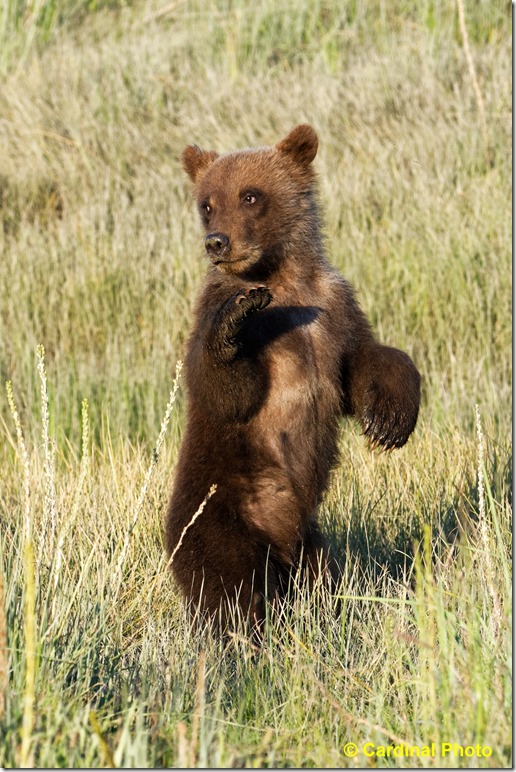
Even cropped to 4MP, this image holds up very well.
Nikon D500, 1/800s @ f/8, Nikon 70-200mm f/4 lens @ 185mm, ISO 500
The Nikon D500 is also a massive upgrade for video – to 4K at up to 30 fps. It’s pretty impressive for a “prosumer” camera. Here is some off-the-cuff footage I shot hand held (you can see the camera starting to wave around a little more as I lose a bit of concentration towards the end):
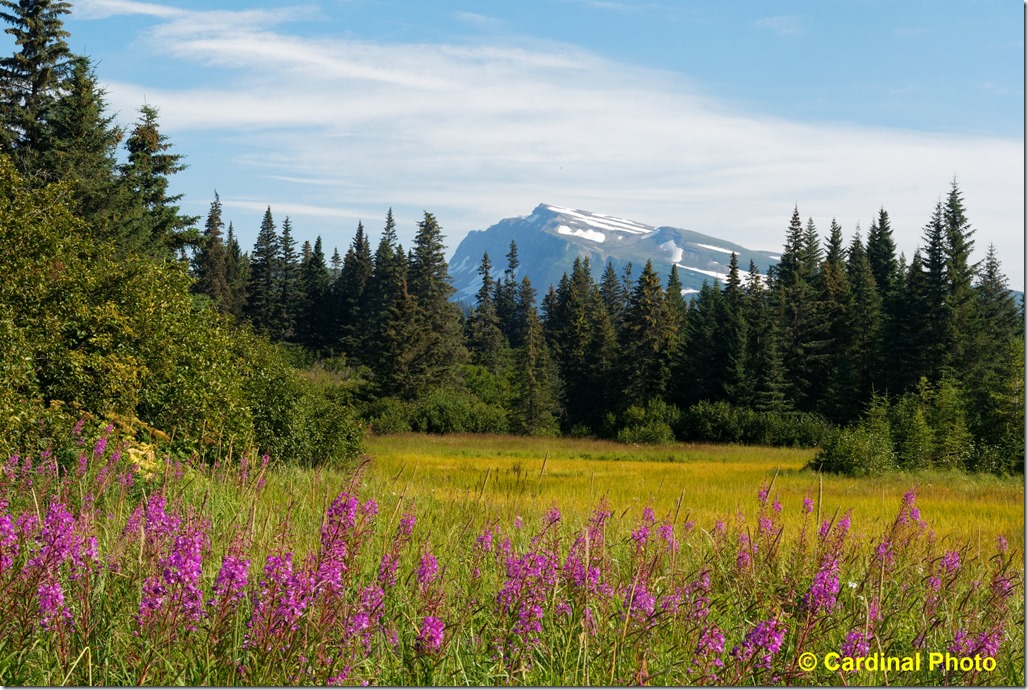
I shot this image with the “kit” lens, the new Nikon 16-80mm zoom. A great choice if you need a new DX-format zoom, as it gives you 24-120mm equivalent focal range.
Nikon D500, Nikon 16-80mm lens, 1/500s (to freeze the flowers in the breeze) @ f/14, ISO 500
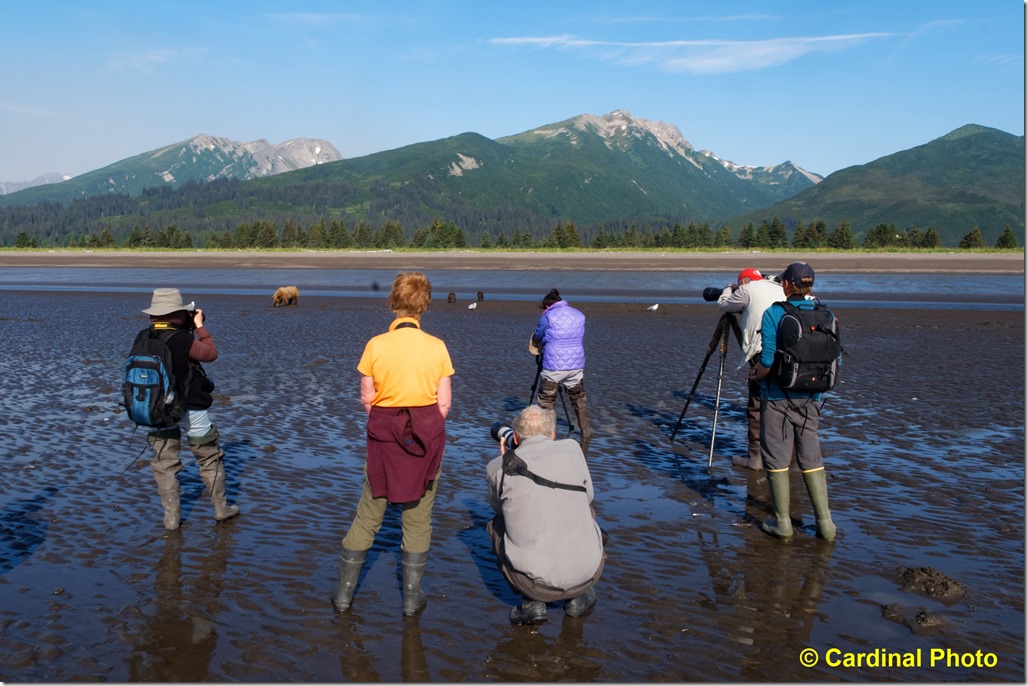
Here is another image from the Nikon 16-80mm f/2.8-f/4 zoom. Plenty of detail!
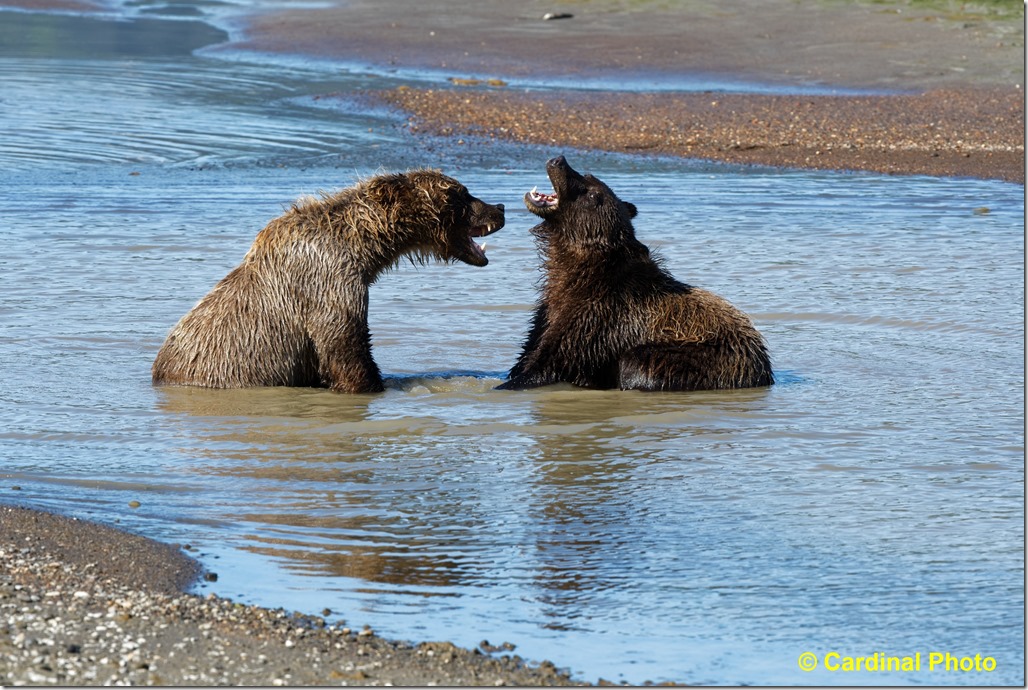
The Nikon D500 and new Nikon 300mm f/4e lens are an amazingly light and effective combination for capturing action of every kind!
Nikon D500, Nikon 300mm f/4e lens, 1/1250s @ f/7.1, ISO 320
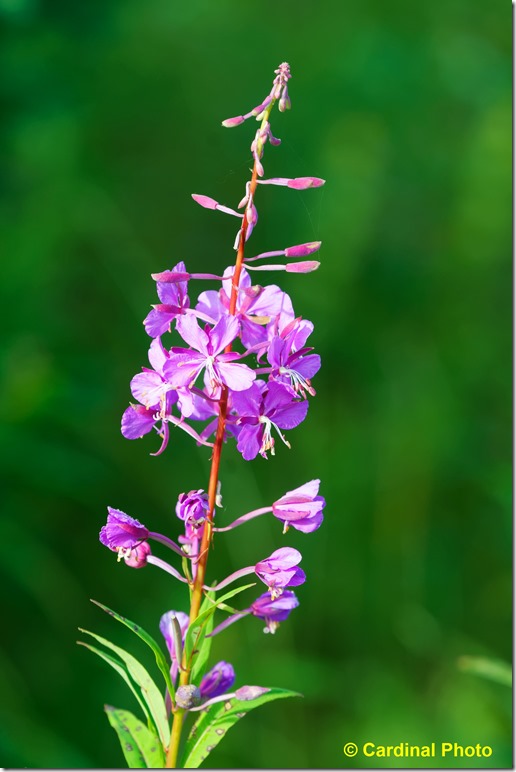
Fireweed was in bloom early this year.
Nikon D500, Nikon 300mm f/4e lens, 1/400s @ f/5, ISO 320
On the full-size image you can zoom in and see reflections in the water droplets!
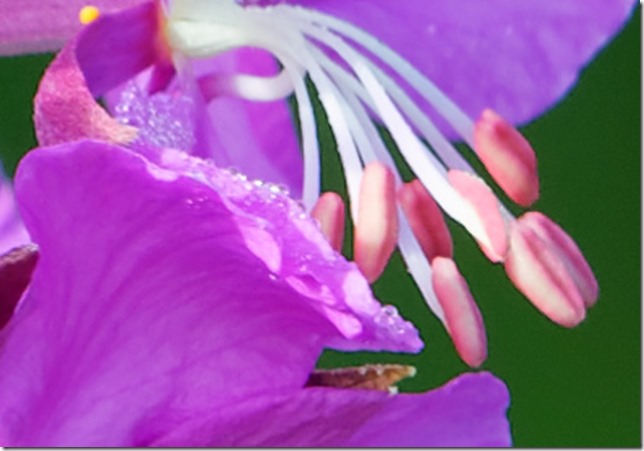
Here is a pixel-for-pixel crop of one piece of the image
Should you buy the Nikon D500?
If you want the best possible (maybe the best that will ever be possible, as I expect to see more innovation moving to mirrorless over time) APS-C (aka DX) format camera, the Nikon D500 is it. For about $2000, you get a pro quality, 10 fps, fast focusing camera that shoots excellent 4K video. And of course you can keep all your Nikon glass. For those thinking of moving to a mirrorless, but daunted by the thought of swapping out your whole system, the Nikon D500 is a great alternative. If you want similar image quality for half the price, the Nikon D7200 is now selling for about $1050 – but you’ll give up some features and performance.
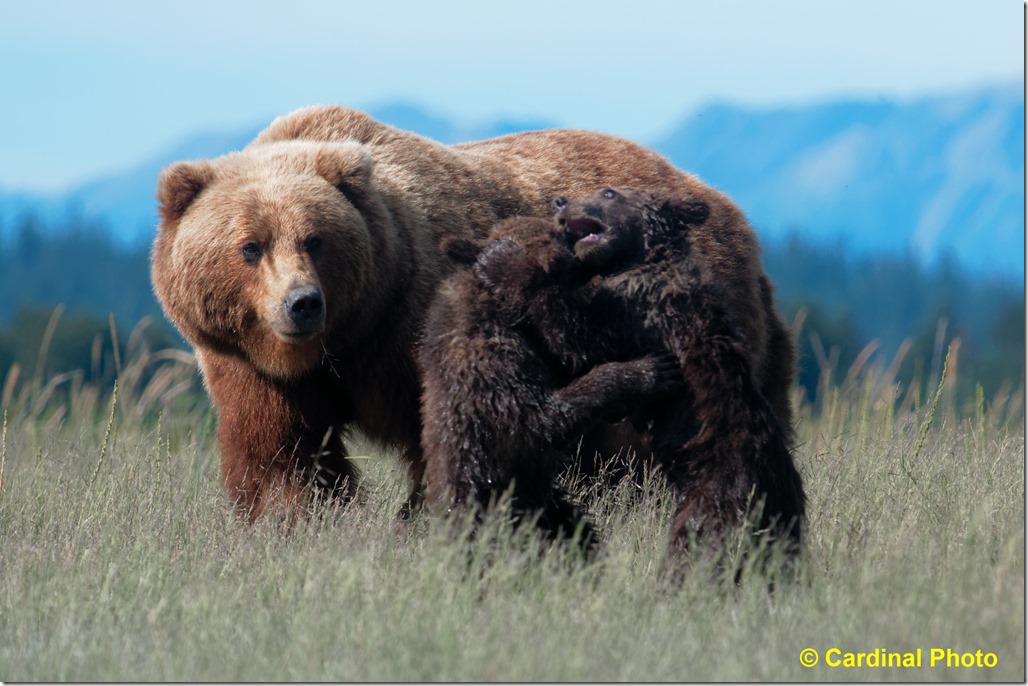
We’re fortunate that the area where we photograph brown bears has many beautifully-colored female bears.
First-year cubs, though, are almost always dark-furred, and a challenge for any camera to record.
Nikon D500, Nikon 70-200mm f/4 lens, Nikon TC1.4 II, 1/4000s @ f/6.3, ISO 800
Complete Specs:
Lens Mount
Nikon F
Camera Format
DX / (1.5x Crop Factor)
Pixels
Actual: 21.51 Megapixel
Effective: 20.9 Megapixel
Max Resolution
5568 x 3712
Aspect Ratio
3:2
Sensor Type / Size
CMOS, 23.5 x 15.7 mm
File Formats
Still Images: JPEG, RAW, TIFF
Movies: MOV, MPEG-4 AVC/H.264
Audio: Linear PCM (Stereo)
Bit Depth
14-bit
Dust Reduction System
Yes
Memory Card Type
SD
SDHC
SDXC
XQD
Focus Type
Auto & Manual
Focus Mode
Continuous-servo AF (C), Manual Focus (M), Single-servo AF (S)
Autofocus Points
Phase Detection:153, 99 cross-type
Viewfinder Type
Pentaprism
Viewfinder Eye Point
16.00 mm
Viewfinder Coverage
100%
Viewfinder Magnification
Approx. 1.0x
Diopter Adjustment
- 2 to +1 m
Display Screen
3.2" Rear Touchscreen Tilting LCD (2,359,000)
Screen Coverage
100%
Diagonal Angle of View
170.0°
ISO Sensitivity
Auto, 100-51200 (Extended Mode: 50-1640000)
Shutter
Type: Electronic & Mechanical
Speed: 30 - 1/8000 second
Remote Control
WR-R10, WR-1 (Optional)
Mirror Lock-Up
Yes
Metering Method
3D Color Matrix Metering, Center-weighted average metering, Spot metering, Highlight Weighted
Exposure Modes
Modes: Aperture Priority, Manual, Program, Shutter Priority
Metering Range: EV -4.0 - EV 20.0
Compensation: -5 EV to +5 EV (in 1/3, 1/2 or 1 EV steps)
Continuous Shooting
Up to 10 fps at 20.9 MP for up to 200 frames in raw format
White Balance Modes
Auto, Cloudy, Color Temperature, Direct Sunlight, Flash, Fluorescent, Incandescent, Preset Manual, Shade
Flash Modes
1st Curtain Sync
Hi-Speed Sync
Off
Rear Curtain/Slow Sync
Rear Sync
Red-eye Reduction
Slow Sync
Slow Sync/Red-eye Reduction
Built-in Flash
No
Max Sync Speed
1 / 250 seconds
Flash Compensation
-3 EV to +1 EV (in 1/3, 1/2 or 1 EV steps)
Dedicated Flash System
iTTL
External Flash Connection
Hot Shoe, PC Terminal
Video Recording
Yes, NTSC
Video Format
4K
MPEG4-AVC/H.264
3840 x 2160p / 30 fps
3840 x 2160p / 25 fps
3840 x 2160p / 24 fps
High Definition
MPEG AVC/H.264
1920 x 1080p / 60 fps
1920 x 1080p / 50 fps
High Definition
MPEG AVC/H.264
1920 x 1080p / 30 fps
1920 x 1080p / 25 fps
1920 x 1080p / 24 fps
High Definition
MPEG AVC/H.264
1280 x 720p / 60 fps
1280 x 720p / 50 fps
Aspect Ratio
16:9
Exposure Control
Manual: Shutter Speed, Aperture, ISO
ISO Sensitivity
Auto/Manual, 100 - 51200, Expandable to 1640000
Focus
Manual
Continuous Auto
Video Clip Length
3840 x 2160
@ 30 fps: 29 min. 59 seconds
1920 x 1080
@ 60 fps: 29 min. 59 seconds
1280 x 720
@ 60 fps: 29 min. 59 seconds
Audio Recording
Built-in Mic: With Video, Stereo
Optional External Mic: With Video, Stereo
Self Timer
20 seconds, 10 seconds, 5 seconds, 2 seconds
Interval Recording
Yes
Connectivity
1/8" Headphone, 1/8" Microphone, HDMI C (Mini), Micro-USB, NIkon 10-Pin, USB 3.0
Wi-Fi Capable
Yes
Battery
1x EN-EL15 Rechargeable Lithium-ion Battery Pack, 7 VDC, 1900 mAh
AC Power Adapter
EH-5b (Optional)
Operating/Storage Temperature
Operating
32 to 104°F (0 to 40°C)
Humidity: 85 - 0%
Dimensions (WxHxD)
5.8 x 4.5 x 3.2" / 147.0 x 115.0 x 81.0 mm
Weight
1.89 lb / 860 g with battery and memory card
Package Weight
4.1 lb
Box Dimensions (LxWxH)
9.7 x 6.4 x 5.8"
- Log in to post comments

